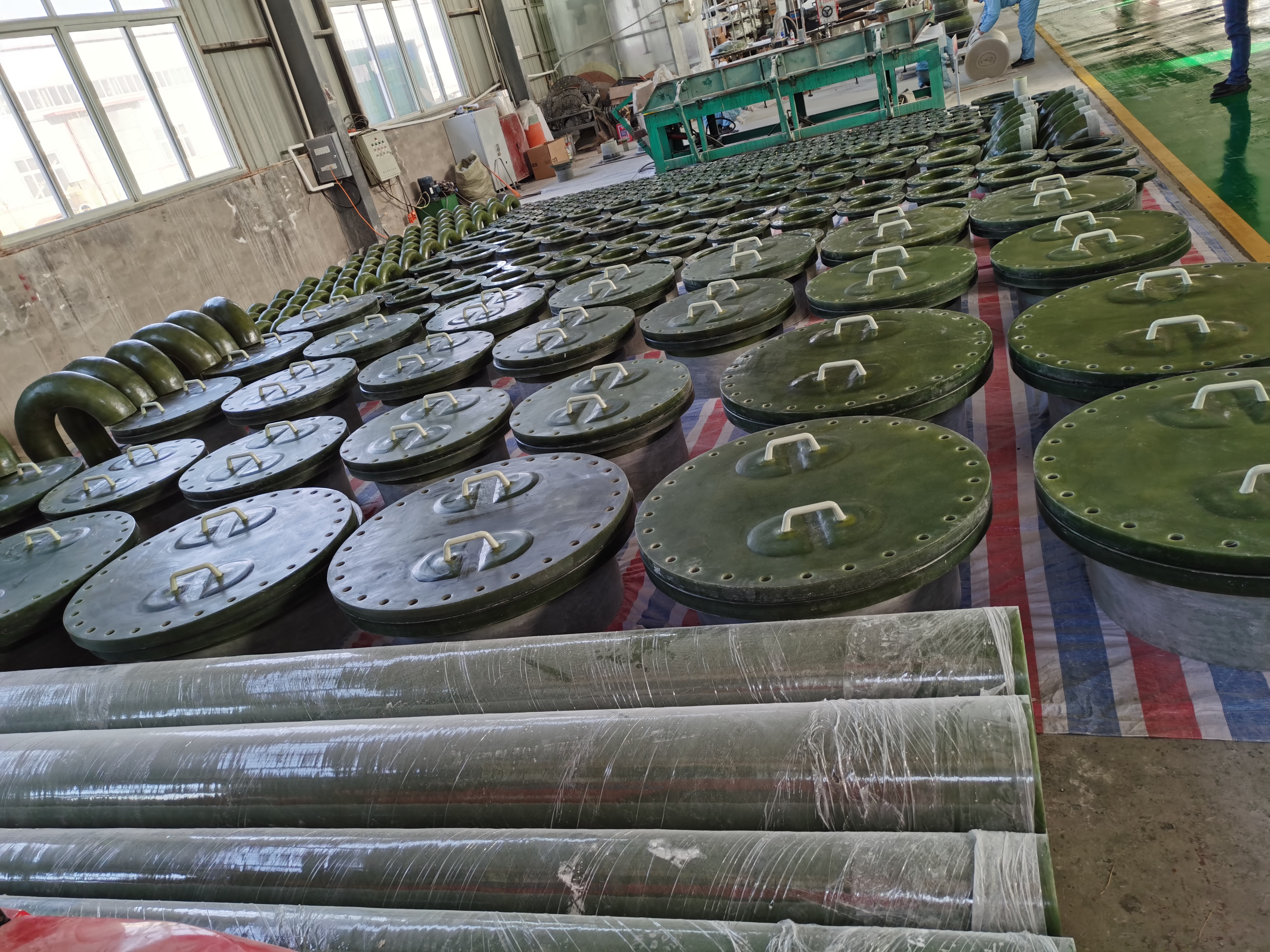
-
 Afrikaans
Afrikaans -
 Albanian
Albanian -
 Amharic
Amharic -
 Arabic
Arabic -
 Armenian
Armenian -
 Azerbaijani
Azerbaijani -
 Basque
Basque -
 Belarusian
Belarusian -
 Bengali
Bengali -
 Bosnian
Bosnian -
 Bulgarian
Bulgarian -
 Catalan
Catalan -
 Cebuano
Cebuano -
 China
China -
 China (Taiwan)
China (Taiwan) -
 Corsican
Corsican -
 Croatian
Croatian -
 Czech
Czech -
 Danish
Danish -
 Dutch
Dutch -
 English
English -
 Esperanto
Esperanto -
 Estonian
Estonian -
 Finnish
Finnish -
 French
French -
 Frisian
Frisian -
 Galician
Galician -
 Georgian
Georgian -
 German
German -
 Greek
Greek -
 Gujarati
Gujarati -
 Haitian Creole
Haitian Creole -
 hausa
hausa -
 hawaiian
hawaiian -
 Hebrew
Hebrew -
 Hindi
Hindi -
 Miao
Miao -
 Hungarian
Hungarian -
 Icelandic
Icelandic -
 igbo
igbo -
 Indonesian
Indonesian -
 irish
irish -
 Italian
Italian -
 Japanese
Japanese -
 Javanese
Javanese -
 Kannada
Kannada -
 kazakh
kazakh -
 Khmer
Khmer -
 Rwandese
Rwandese -
 Korean
Korean -
 Kurdish
Kurdish -
 Kyrgyz
Kyrgyz -
 Lao
Lao -
 Latin
Latin -
 Latvian
Latvian -
 Lithuanian
Lithuanian -
 Luxembourgish
Luxembourgish -
 Macedonian
Macedonian -
 Malgashi
Malgashi -
 Malay
Malay -
 Malayalam
Malayalam -
 Maltese
Maltese -
 Maori
Maori -
 Marathi
Marathi -
 Mongolian
Mongolian -
 Myanmar
Myanmar -
 Nepali
Nepali -
 Norwegian
Norwegian -
 Norwegian
Norwegian -
 Occitan
Occitan -
 Pashto
Pashto -
 Persian
Persian -
 Polish
Polish -
 Portuguese
Portuguese -
 Punjabi
Punjabi -
 Romanian
Romanian -
 Russian
Russian -
 Samoan
Samoan -
 Scottish Gaelic
Scottish Gaelic -
 Serbian
Serbian -
 Sesotho
Sesotho -
 Shona
Shona -
 Sindhi
Sindhi -
 Sinhala
Sinhala -
 Slovak
Slovak -
 Slovenian
Slovenian -
 Somali
Somali -
 Spanish
Spanish -
 Sundanese
Sundanese -
 Swahili
Swahili -
 Swedish
Swedish -
 Tagalog
Tagalog -
 Tajik
Tajik -
 Tamil
Tamil -
 Tatar
Tatar -
 Telugu
Telugu -
 Thai
Thai -
 Turkish
Turkish -
 Turkmen
Turkmen -
 Ukrainian
Ukrainian -
 Urdu
Urdu -
 Uighur
Uighur -
 Uzbek
Uzbek -
 Vietnamese
Vietnamese -
 Welsh
Welsh -
 Bantu
Bantu -
 Yiddish
Yiddish -
 Yoruba
Yoruba -
 Zulu
Zulu
Durable PVC and FRP Tanks for Efficient Liquid Storage Solutions
Understanding PVC and FRP Tanks Applications, Benefits, and Considerations
In various industries, storage tanks play a pivotal role in the safe and efficient handling of liquids and materials. Among the myriad options available, PVC (polyvinyl chloride) and FRP (fiber-reinforced plastic) tanks have garnered attention for their unique properties and applications. In this article, we explore the characteristics, benefits, and common uses of PVC and FRP tanks, shedding light on why they are gaining popularity in both industrial and commercial sectors.
The Basics of PVC and FRP Tanks
PVC is a widely-used synthetic plastic polymer that is known for its durability, corrosion resistance, and lightweight nature. It is particularly effective in environments where chemical handling is essential, making it an ideal material for storage and transport of various liquids.
On the other hand, FRP is a composite material made by combining a polymer matrix (which can include epoxy, polyester, or vinyl ester) with a reinforcing agent such as fiberglass. This combination results in a strong, lightweight product that is also resistant to corrosion, UV degradation, and extreme temperatures.
Both PVC and FRP tanks offer excellent performance in storing a variety of substances, from water to industrial chemicals. Their construction allows them to maintain structural integrity under stress, making them a reliable choice for numerous applications.
Advantages of PVC and FRP Tanks
1. Corrosion Resistance One of the most significant benefits of PVC and FRP tanks is their inherent resistance to corrosive substances. Unlike metal tanks, which can rust or degrade when exposed to harsh chemicals, PVC and FRP provide a longer lifespan, reducing the need for frequent replacements and maintenance.
2. Cost-Effectiveness Both PVC and FRP tanks are typically less expensive than their metal counterparts, leading to lower upfront costs. Their durability also means that in the long run, businesses can save money on repairs and replacements.
pvc frp tank

3. Lightweight Both types of tanks are significantly lighter than traditional storage tanks made from glass or metal, making them easier to transport and install. This feature is particularly valuable in situations where weight restrictions are a concern.
4. Versatility PVC and FRP tanks can be custom-designed to meet specific needs, including size and shape. This flexibility makes them suitable for various applications, from water storage for agricultural use to chemical containment in industrial settings.
5. Low Maintenance Due to their durable construction and corrosion resistance, PVC and FRP tanks require minimal maintenance over time. This factor allows operators to focus on other critical areas of their operations without the constant concern of tank deterioration.
Applications of PVC and FRP Tanks
PVC and FRP tanks are widely used across various sectors due to their adaptability. Some common applications include
- Water Treatment Facilities These tanks are used for storing and treating water, ensuring a reliable supply for industrial processes, municipalities, and agriculture. - Chemical Storage Many industries that handle aggressive chemicals prefer PVC and FRP tanks for storing acids, alkalis, and other hazardous materials. - Waste Management The durable composition of these tanks makes them ideal for holding waste products, including industrial waste and biosolids.
- Food and Beverage Industries Specific grades of FDA-approved PVC and FRP tanks are utilized for storing food, beverages, and other consumables, ensuring safety and compliance with health standards.
Conclusion
In summary, PVC and FRP tanks are versatile storage solutions that offer significant advantages in terms of durability, cost-effectiveness, and maintenance. Their ability to withstand corrosive materials while remaining lightweight and easy to install makes them appealing for various industries. As businesses seek efficient and reliable solutions for their storage needs, the importance of PVC and FRP tanks is likely to continue growing, cementing their place in the market as trusted options for liquid storage. Exploring the specific requirements of your application can help determine the most suitable type of tank, ensuring optimal performance and longevity in your operations.









